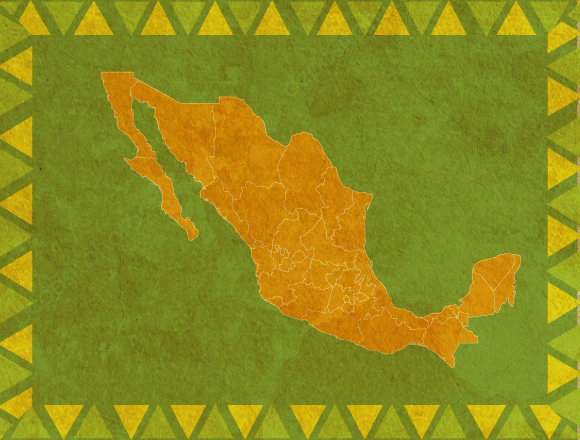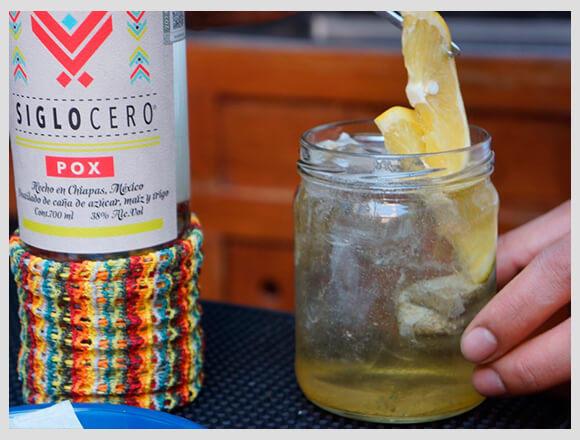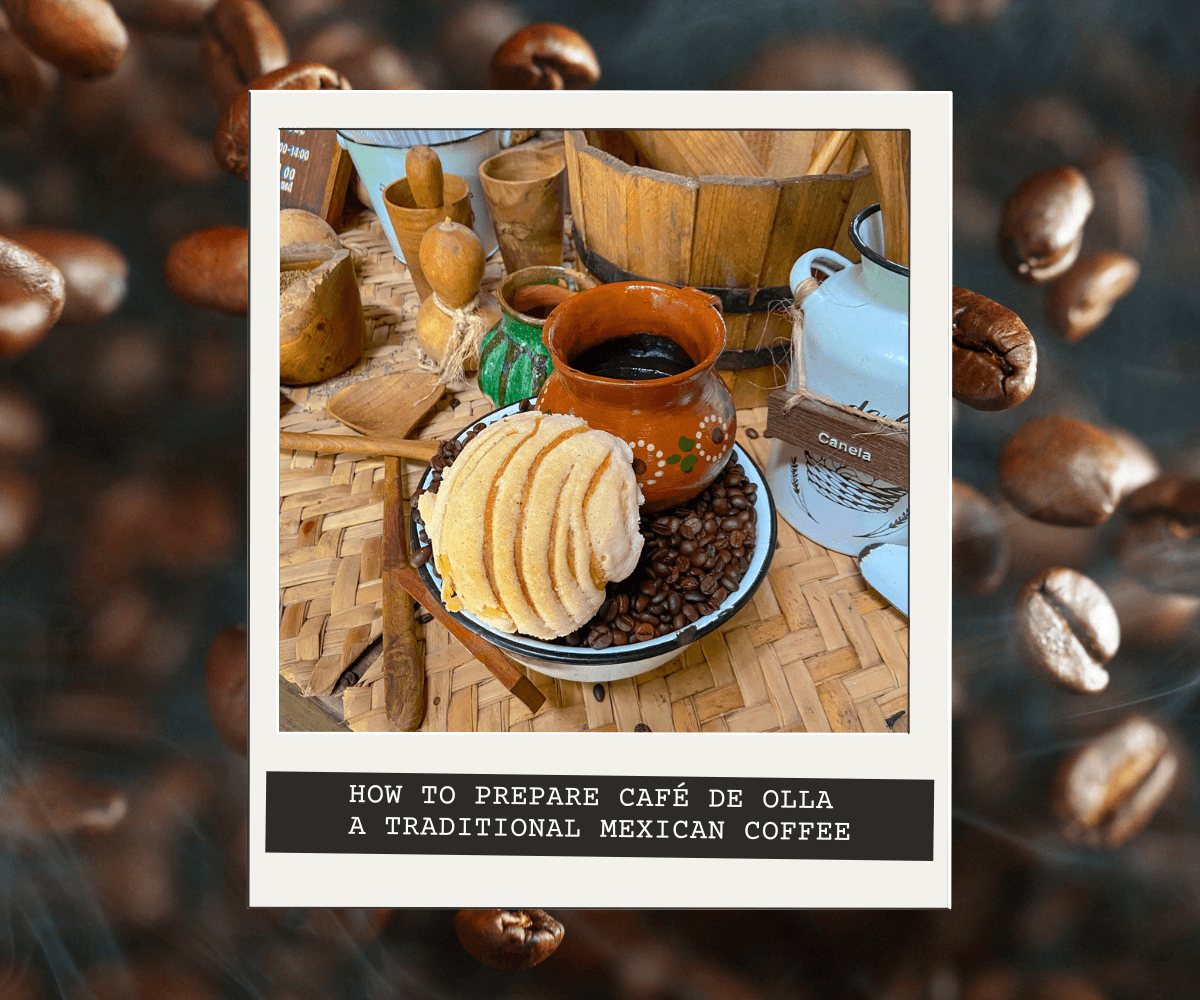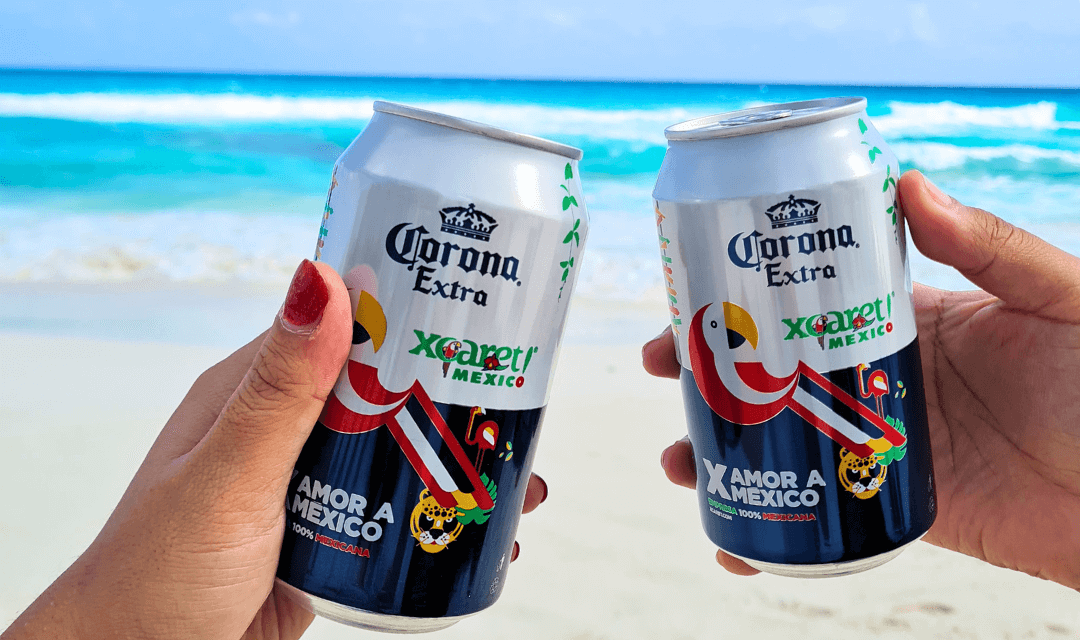Authentic Mexican Beverages You Need to Try
October 02, 2023
Sips And More Sips
to discover the traditional beverages of Mexico
First of all, let me say…Cheers! Now we are ready to start! Mexico has a wide variety of traditions and flavors. Wherever you visit, whatever you eat or drink you’ll be surprised. But, we aren’t going to talk about food but the traditional beverages that you can find all over Mexico.

Tejate
This pre-Hispanic drink is made with corn and cacao. You can find tejate merchants with big pots at local markets and streets in Oaxaca. As well as cacao beans, roasted corn flour, tejate also has crushed mamey seed and flowers from the cacao tree, called “Rosita.” It is a cold beverage used by prehispanic cultures in religious ceremonies. Known as a god’s beverages.

photo by Muro Político
Pozol
In Tabasco, you have to try the delicious Pozol. Don’t mislead it with pozole (famous Mexican stew). The name comes from the native words “pozolli” or “pochotl.” It’s a prehispanic heritage also prepared with cocoa and corn. A popular drink in all southeast Mexico and even in some cities in Central America. On prehispanic times it was beneficial to nourish travelers against the high temperatures of the Mayan jungles.

Nowadays you can drink pozol with or without cacao or chocolate, and other flavors, like sugar, sweet potato, rice milk and even with a touch of chile. Photo by Global Press Journal
Pox
Chiapas has a lot of beautiful places like San Cristobal de las Casas and San Juan Chamula, where the next traditional beverage comes from. Beware because now we are adding some alcoholic grades to the mix. Traditions say that Pox helps to make a connection between the spiritual and material world. This handmade distillate is prepared with spring water, sugar, corn, brown sugar and wheat bran, which is infused with herbs or seasonal fruits.

You pronounce it posh, and it was used in ceremonial healings for the heart and soul. Photo by The Local Date
Sotol
Sotol is one of those traditional beverages that reminds us of the history and mysticism of the Mexican culture. A drink with a high alcohol grade (38° to 45°). It is made with sereque, a wild agave plant from the north of Mexico. Indeed it can be similar to tequila or mezcal. But you can taste its own nature with that smoky flavor, soil, and firewood.

Xtabentun
A delicious liquor that came from a traditional legend of the Xtabay in Yucatan. You have to ferment the Xtabentun flower and mix it with honey, you can also add a touch of anise or distilled it with cane rum. It is a delightful drink, but handle it with care if you don’t want to get dizzy. It is said that the seeds of the flower have a specific psychotropic nature. However, you can have it like a dessert after enjoying a traditional Yucatecan meal.

photo by El Souvenir
Tejuino
Another corn-based beverage. Tejuino is popular in the west part of Mexico. How is it made? What else but with corn dough. The dough is fermented for a couple of days with brown sugar. Then you add crushed ice, lemon juice, salt, and crushed chile. Due to its fermentation process, it contains a slight alcohol grade but is a very refreshing drink.

photo by Volaris
Why is corn a fundamental part of Mexican cuisine? Here we talk about it.
Tepache
Now we can tell that we like fermented beverages in Mexico. Tepache is well known in the center of the country. It consists of fermenting for several days juice and pulp of sweet fruits such as pineapple, tuna, orange or guava. Then add a touch of brown sugar and ready. It’s like drinking a delicious beer with less than one degree of alcohol.

To explain, the fermentation occurs when the microorganisms of the plants (yeast) transform the sugar into alcohol, while the distillation is when you put a drink on evaporation to recover the volatile substances, usually alcohol. Photo by Bebidas Mexicanas
Pulque
Certainly one of the most famous traditional beverage in Mexico. In fact, it has been present and documented through the main events of history as the prehispanic codex or the Mexican Revolution. It’s elaborated with an agave plant called “maguey” which through a traditional scratching process gives a liquid called “aguamiel.” The next step is to ferment this liquid with a delicate process. The result is a milky and viscous liquid, a little bit difficult to put its flavor in words, so you have to try it. Because of its fermentation process, it is only good for drinking for 4 o 5 days. Nowadays you can find pulque places or “pulquerias” with such a variety of flavors like tuna, celery, walnut or pine nuts.

These Mexican dishes will surprise you, they also match perfectly with a glass of pulque.
Champurrado
Finally one of my favorites and loyal partner of the delicious tamales. A hot, dense drink made of corn dough, crushed dark chocolate, water, and vanilla. In ancient times the Aztecs used the whole grain of cocoa as a sweetener.

photo by Puebla Dos Dos
Which of these traditional beverages would you like to try?


Mercadólogo aficionado al skateboarding, al fútbol y la música desenfrenada que ha descubierto que l...

Posts Relacionados
Grupo Xcaret
Hotels






